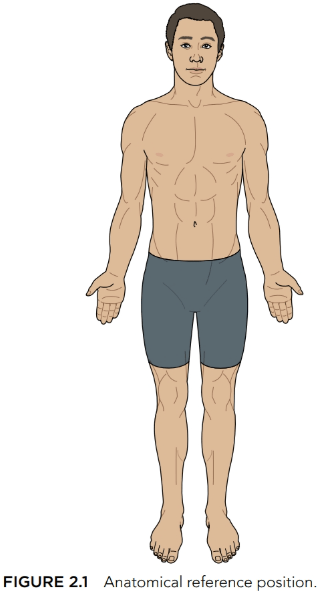Ch 1
Ch 1
Ch 2
Ch 3
Biomechanics
Book: A science that studies the effects of energy and forces on the motion of living organisms.
Lecture: The study of the structure and function of biological systems by means of the methods of mechanics.
Explain the acronym A R F for each class of lever.
1st class: Axis is between the resistance and the force.
2nd class: Resistance is between the axis and the force.
3rd class: Force is between the axis and the resistance.
Kinematics
Book: Describes motion; how something is moving.
Lecture: Describing and analyzing motion without considering the causes of motion (forces); i.e. position, time, velocity, acceleration.
Qualitative
Book: A measure that subjectively describes the quality of the sport skill. These terms are more descriptive than objective.
Lecture: Describing the characteristics, properties, or attributes without using numerical measurements.
Fulcrum
Book: An axis or hinge about which a lever rotates.
The axis of rotation; typically a joint (pivot point).
Kinetics
Book: Describes the forces that create motion or are generated from moving.
Lecture: Understanding and describing the causes of motion (forces); i.e. force.
Quantitative
Book: A measure that subjectively describes the quality of the sport skill. These terms are more descriptive than objective.
Lecture: Measuring and expressing something using numbers. The amount, value, relationship, and calculation.
Anatomical Reference Position
Book: Standing erect, all body parts facing forward, including the palms of the hands.

General Motion
Book: Combination of linear and angular motion.
Human motion is best described as this.
Linear Kinetics
Book: An analysis of human movement that measures forces, inertia, and energy.
The study of forces causing motion in a straight line.
What is the best way to view each plane?
Sagittal plane - side.
Frontal (Coronal) - front.
Transverse - top.
Distance vs Displacement
Distance: Scalar (magnitude without direction). A measurement of the length of the path traveled by an object from one point to another.
Displacement: Vector (magnitude and direction). Represents the change in position from one point to another in space.
The total area covered within a motion vs shortest place between start and finish.
Who is the founder of modern day biomechanics?
Aristotle
What are the three planes and how do they divide the body?
Sagittal plane - Right and left.
Frontal (Coronal) plane - Anterior and posterior.
Transverse plane - Superior and inferior.
Validity vs Reliability
Validity: How well (accurate) the measure is com-pared to what is being measured.
Reliability: A term to describe the level of accuracy or dependability of a measure.
Does the measurement measure what the intended variable relates to vs can measurement be repeated to provide a consistent result.
Chronophotography
A series of photos in a chronological order used to break down motion.
What axis goes through each plane?
Sagittal plane - Transverse axis.
Frontal (Coronal) plane - Anteroposterior axis.
Transverse plane - Longitudinal axis.
Phasic Time
Labels on the movements broken up frame by frame.